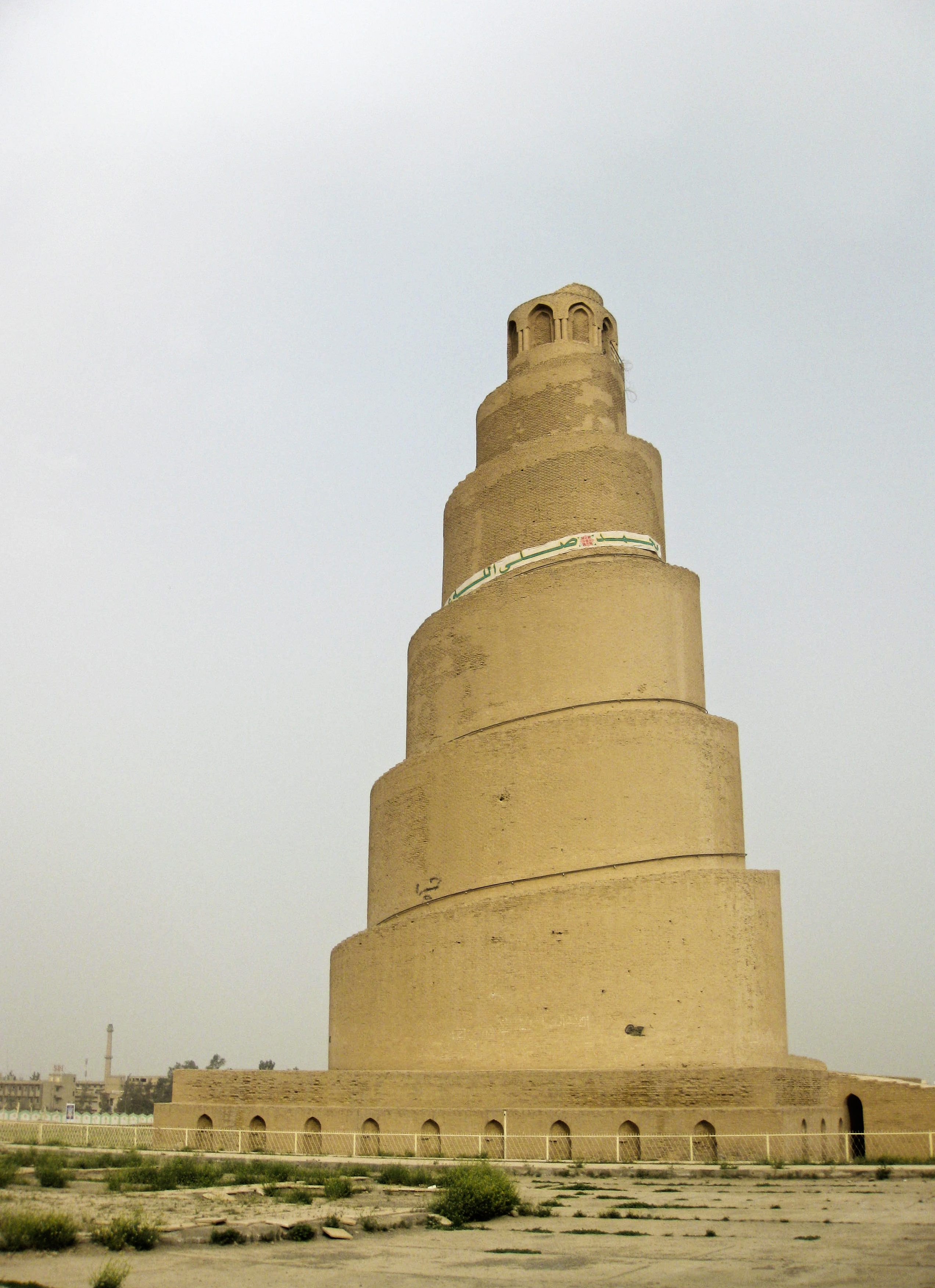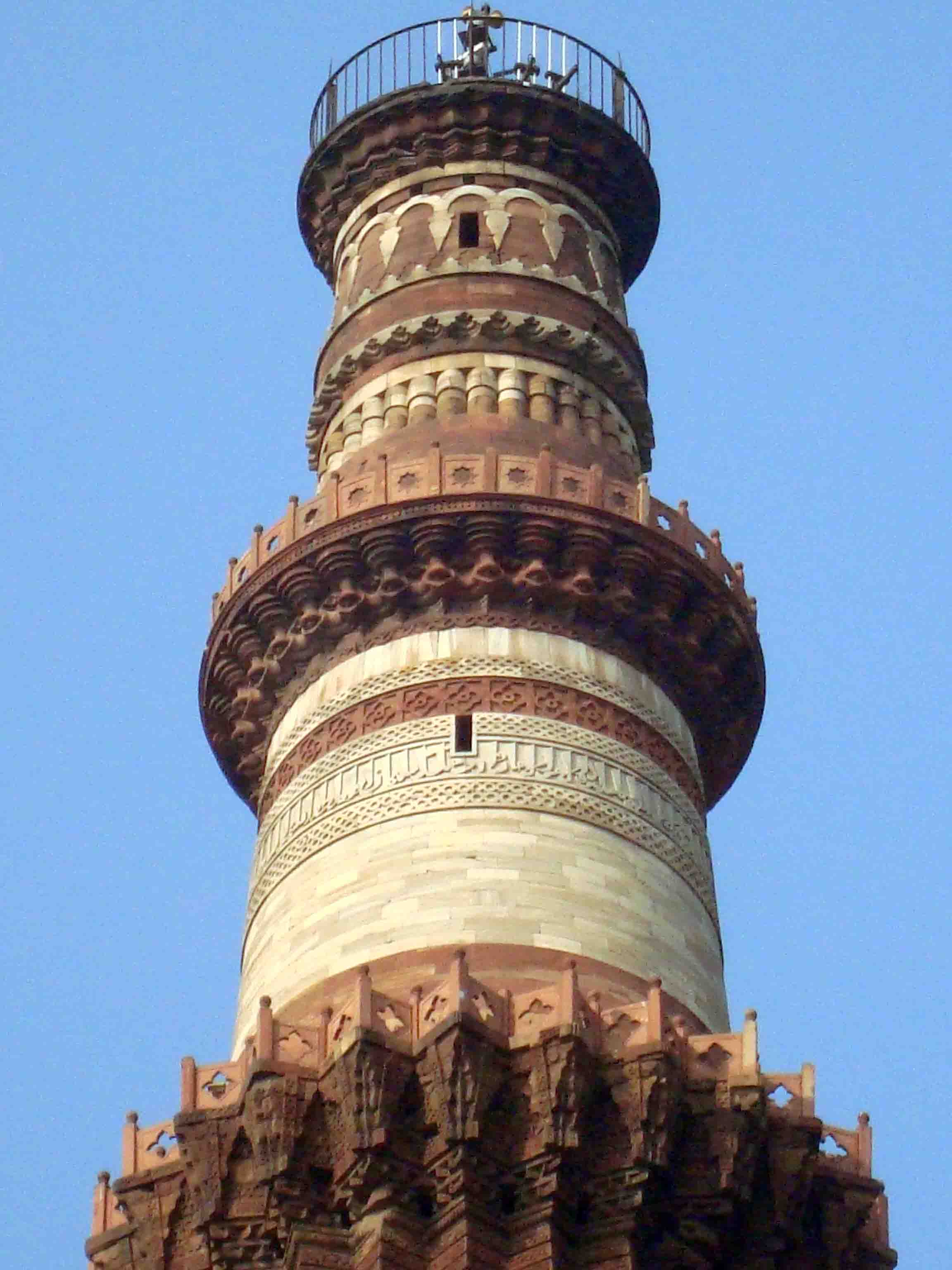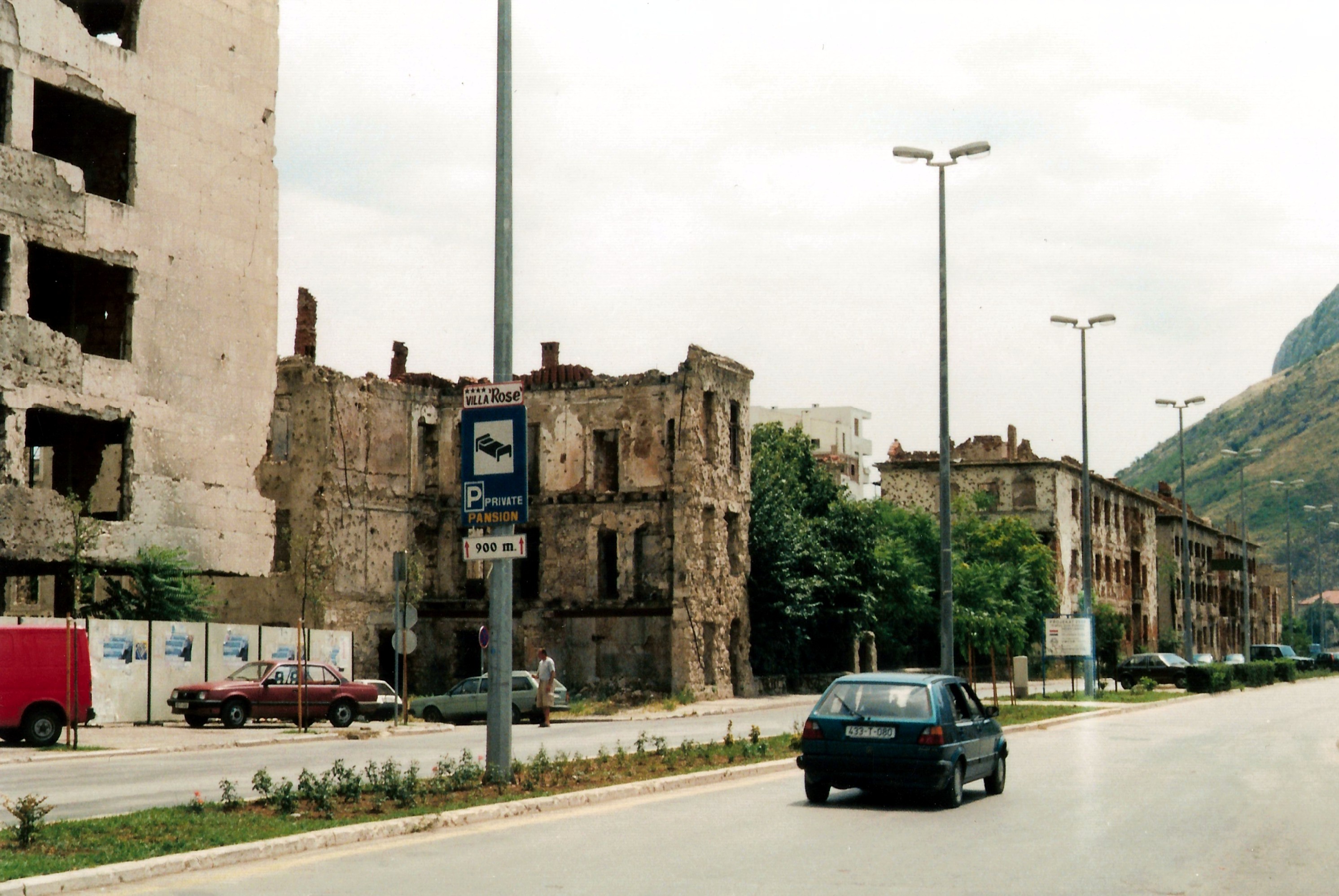|
Minaret
A minaret is a type of tower typically built into or adjacent to mosques. Minarets are generally used to project the Muslim call to prayer (''adhan'') from a muezzin, but they also served as landmarks and symbols of Islam's presence. They can have a variety of forms, from thick, squat towers to soaring, pencil-thin spires. Etymology Two Arabic words are used to denote the minaret tower: ''manāra'' and ''manār''. The English word "minaret" originates from the former, via the Turkish language, Turkish version (). The Arabic word ''manāra'' (plural: ''manārāt'') originally meant a "lamp stand", a cognate of Hebrew language, Hebrew ''Temple menorah, menorah''. It is assumed to be a derivation of an older Linguistic reconstruction, reconstructed form, ''manwara''. The other word, ''manār'' (plural: ''manā'ir'' or ''manāyir''), means "a place of light". Both words derive from the Arabic root ''n-w-r'', which has a meaning related to "light". Both words also had other meani ... [...More Info...] [...Related Items...] OR: [Wikipedia] [Google] [Baidu] |
Mosque
A mosque ( ), also called a masjid ( ), is a place of worship for Muslims. The term usually refers to a covered building, but can be any place where Salah, Islamic prayers are performed; such as an outdoor courtyard. Originally, mosques were simple places of prayer for the early Muslims, and may have been open spaces rather than elaborate buildings. In the first stage of Islamic architecture (650–750 CE), early mosques comprised open and closed covered spaces enclosed by walls, often with minarets, from which the Adhan, Islamic call to prayer was issued on a daily basis. It is typical of mosque buildings to have a special ornamental niche (a ''mihrab'') set into the wall in the direction of the city of Mecca (the ''qibla''), which Muslims must face during prayer, as well as a facility for ritual cleansing (''wudu''). The pulpit (''minbar''), from which public sermons (''khutbah'') are delivered on the event of Friday prayer, was, in earlier times, characteristic of the central ... [...More Info...] [...Related Items...] OR: [Wikipedia] [Google] [Baidu] |
Qutb Minar
The Qutb Minar, also spelled Qutub Minar and Qutab Minar, is a minaret and victory tower comprising the Qutb complex, which lies at the site of Delhi's oldest fortified city, Lal Kot, founded by the Tomar Rajputs. It is a UNESCO World Heritage Site in the Mehrauli area of South Delhi, India. It was mostly built between 1199 and 1220, contains 399 steps, and is one of the most-frequented heritage spots in the city. After defeating Prithviraj Chauhan, the last Hindu ruler of Delhi before the Ghurid conquest of the region, Qutab-ud-din Aibak initiated the construction of the victory tower, but only managed to finish the first level. It was to mark the beginning of Islamic rule in the region. Successive dynasties of the Delhi Sultanate continued the construction, and, in 1368, Firuz Shah Tughlaq rebuilt the top parts and added a cupola. It can be compared to the 62-metre all-brick Minaret of Jam in Afghanistan, of , which was constructed a decade or so before the probable start o ... [...More Info...] [...Related Items...] OR: [Wikipedia] [Google] [Baidu] |
Giralda
The Giralda ( ) is the bell tower of Seville Cathedral in Seville, Spain. It was built as the minaret for the Great Mosque of Seville in al-Andalus, during the reign of the Almohad dynasty, with a Renaissance-style belfry added by the Catholics after the expulsion of the Muslims from the area. The cathedral, including the Giralda, was registered in 1987 as a World Heritage Site by UNESCO, along with the Alcázar and the General Archive of the Indies. It remains one of the most important symbols of the city, as it has been since the Middle Ages. The tower is one of the most famous monuments of Moorish architecture in Spain and one of the most refined examples of Almohad architecture. Origin Initial construction The mosque was built to replace the older Mosque of Ibn 'Addabas, built in the 9th century under Umayyad rule, since the congregation had grown larger than that modest mosque could accommodate. It was commissioned in 1171 by caliph Abu Ya'qub Yusuf. Sevillian archite ... [...More Info...] [...Related Items...] OR: [Wikipedia] [Google] [Baidu] |
Adhan
The (, ) is the Islamic call to prayer, usually recited by a muezzin, traditionally from the minaret of a mosque, shortly before each of the five obligatory daily prayers. The adhan is also the first phrase said in the ear of a newborn baby, and often the first thing recited in a new home. It is the first call summoning Muslims to enter the mosque for obligatory () prayers (); a second call, known as the , summons those already in the mosque to assemble for prayer. Muslims are encouraged to stop their activities and respond to the adhan by performing prescribed prayers, demonstrating reverence for the call to prayer and commitment to their faith. The five prayer times are known in Arabic as (), (), (), (), and (). In Turkey, they are called , and ; the five calls to prayer are sung in different makams, corresponding to the time of day. Terminology , Arabic for 'announcement', from the root , meaning 'to listen, to hear, be informed about', is variously transliterated ... [...More Info...] [...Related Items...] OR: [Wikipedia] [Google] [Baidu] |
Badshahi Mosque
The Badshahi Mosque (; ) is a Mughal Empire, Mughal-era congregational mosque, imperial mosque located in Lahore, Punjab, Pakistan. It was constructed between 1671 and 1673 during the rule of Aurangzeb, opposite of the Lahore Fort on the northern outskirts of the historic Walled City of Lahore, Walled City. It is widely considered to be one of the most iconic landmarks of Pakistan. The Badshahi Mosque was built between 1671 and 1673 by the Mughal emperor Aurangzeb. The mosque is an important example of Mughal architecture, with an exterior that is decorated with carved red sandstone with marble inlay. It remains the largest mosque of the Mughal-era, and is the List of mosques in Pakistan, third-largest mosque in Pakistan. In 1799, during the rule of Ranjit Singh of the Sikh Empire, the mosque's courtyard was used for worship. When the British Raj, British Empire took control of Lahore in 1846 it was used as a garrison until 1852. Subsequently, the Badshahi Mosque Authority was ... [...More Info...] [...Related Items...] OR: [Wikipedia] [Google] [Baidu] |
Delhi
Delhi, officially the National Capital Territory (NCT) of Delhi, is a city and a union territory of India containing New Delhi, the capital of India. Straddling the Yamuna river, but spread chiefly to the west, or beyond its Bank (geography), right bank, Delhi shares borders with the state of Uttar Pradesh in the east and with the state of Haryana in the remaining directions. Delhi became a union territory on 1 November 1956 and the NCT in 1995. The NCT covers an area of . According to the 2011 census, Delhi's city proper population was over 11 million, while the NCT's population was about 16.8 million. The topography of the medieval fort Purana Qila on the banks of the river Yamuna matches the literary description of the citadel Indraprastha in the Sanskrit epic ''Mahabharata''; however, excavations in the area have revealed no signs of an ancient built environment. From the early 13th century until the mid-19th century, Delhi was the capital of two major empires, ... [...More Info...] [...Related Items...] OR: [Wikipedia] [Google] [Baidu] |
Muezzin
The muezzin (; ), also spelled mu'azzin, is the person who proclaims the call to the daily prayer ( ṣalāt) five times a day ( Fajr prayer, Zuhr prayer, Asr prayer, Maghrib prayer and Isha prayer) at a mosque from the minaret. The muezzin plays an important role in ensuring an accurate prayer schedule for the Muslim community. Etymology The English word ''muezzin'' is borrowed from , , simplified ''mu'azzin'', the active participle of "to call". Thus, it means "the calling one". Roles and responsibilities The professional muezzin is chosen for his good character, voice and skills to serve at the mosque. Muezzins are typically men. The muezzin is not considered a cleric, as he cleans the toilets and the place where people wash their hands, face and feet when they perform the Wuḍu' (Arabic: ''wuḍū’'' وُضُوء, the "purification" of ablution) before offering the prayer. When calling to prayer, the muezzin faces the qiblah, the direction of the Ka'bah in ... [...More Info...] [...Related Items...] OR: [Wikipedia] [Google] [Baidu] |
Seville
Seville ( ; , ) is the capital and largest city of the Spain, Spanish autonomous communities of Spain, autonomous community of Andalusia and the province of Seville. It is situated on the lower reaches of the Guadalquivir, River Guadalquivir, in the southwest of the Iberian Peninsula. Seville has a municipal population of about 701,000 , and a Seville metropolitan area, metropolitan population of about 1.5 million, making it the largest city in Andalusia and the List of metropolitan areas in Spain, fourth-largest city in Spain. Its old town, with an area of , contains a UNESCO World Heritage Site comprising three buildings: the Alcázar of Seville, Alcázar palace complex, the Seville Cathedral, Cathedral and the General Archive of the Indies. The Seville harbour, located about from the Atlantic Ocean, is the only river port in Spain. The capital of Andalusia features hot temperatures in the summer, with daily maximums routinely above in July and August. Seville was founded ... [...More Info...] [...Related Items...] OR: [Wikipedia] [Google] [Baidu] |
Loudspeakers In Mosques
Loudspeakers were invented in the early 20th century, and they were introduced in mosques in the 1930s, where they are used by a muezzin for the ''adhan'' ("call to prayer"), and sometimes for ''khutbah'' in Islam. Outdoor loudspeakers, usually mounted on tall minarets, are used five times a day for the call to prayer. Loudspeakers are sometimes also used inside mosques to deliver sermons or for prayer. Electrically amplified adhans have become commonplace in countries such as Turkey and Morocco, whereas in others such as the Netherlands only 7 to 8% of all mosques employ loudspeakers for the call to prayer. The loudspeakers are also used as an early warning system and function as civil defense sirens in countries such as Turkey and the United Arab Emirates. History The first known installation of a microphone–loudspeaker set occurred in 1936 in the Sultan Mosque in Singapore; it was reported that the summons to prayer could 'carry more than a mile'. Though some mosque att ... [...More Info...] [...Related Items...] OR: [Wikipedia] [Google] [Baidu] |
Mostar
Mostar () is a city and the administrative centre of Herzegovina-Neretva Canton of the Federation of Bosnia and Herzegovina, an entity of Bosnia and Herzegovina, and the historical capital of Herzegovina. Mostar is situated on the Neretva River and is the fifth-largest city in the country. Mostar was named after the bridge keepers (''mostari'') who guarded the Stari Most (Old Bridge) over the Neretva during the Ottoman Bosnia and Herzegovina, Ottoman era. The Old Bridge, a UNESCO World Heritage Site, commissioned by Suleiman the Magnificent in the 16th century, is one of Bosnia and Herzegovina's most visited landmarks, and is considered an exemplary piece of Islamic architecture in the Balkans. History Ancient and medieval history Human settlements on the river Neretva, between Mount Hum (Mostar), Mount Hum and the Velež Mountain, have existed since prehistory, as witnessed by discoveries of fortified enceintes and cemeteries. Evidence of Roman people, Roman occupation was di ... [...More Info...] [...Related Items...] OR: [Wikipedia] [Google] [Baidu] |







